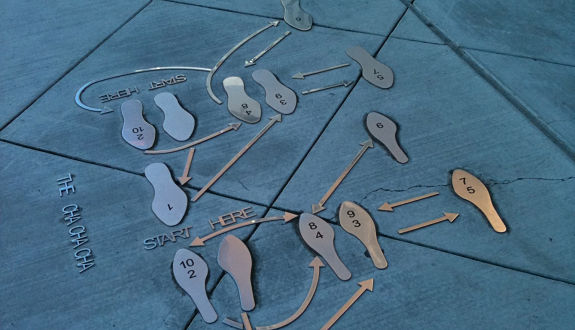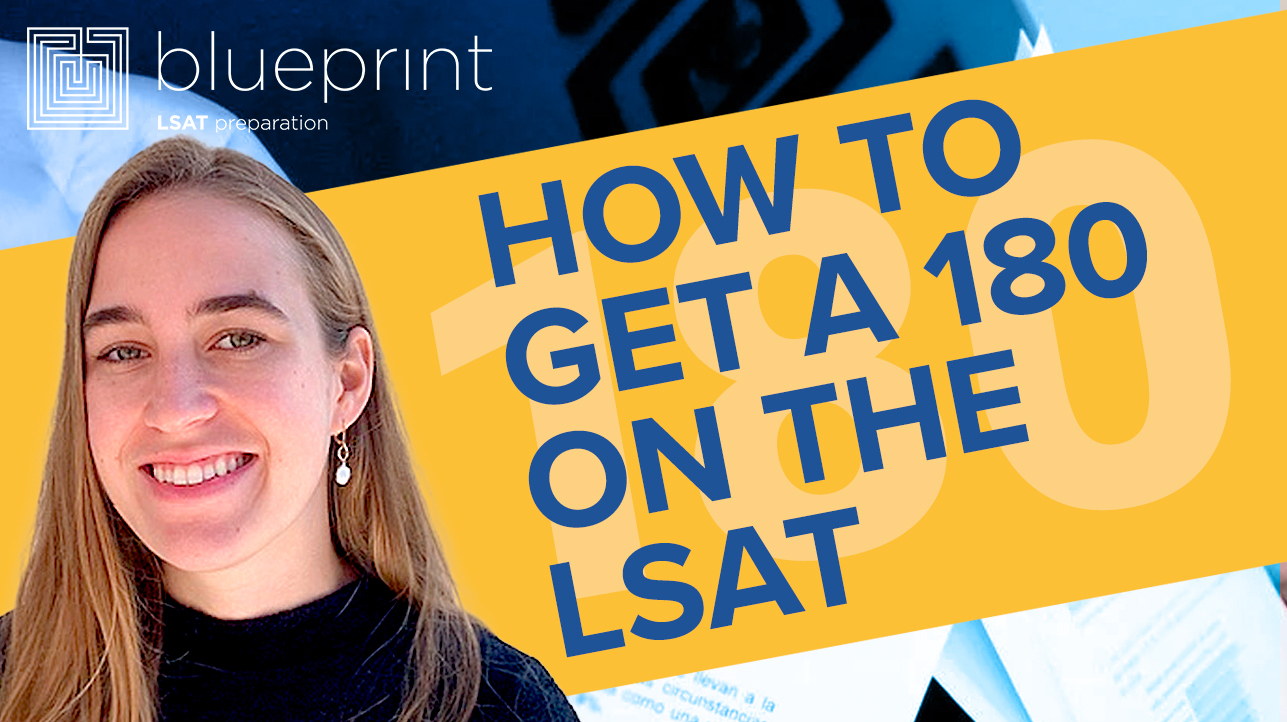LG – College Applicants 4
- by
- Jan 02, 2020
- Question of the Day
- Reviewed by: Matt Riley

Seven college applicants – Michelle, North, Oscar, Pachai, Quinn, Raul, and Savannah – are admitted to three different colleges – X Y and Z. Two students are admitted to X, two students are admitted to Y, and three students are admitted to Z. The following conditions must apply:
1. Michelle is admitted to the same college as Savannah
2. Pachai is admitted to a different college than Quinn
3. If Oscar is admitted to college Y, then North is admitted to college Z
4. Pachai is admitted to Z
4. If Pachai gets accepted to the same college as Michelle, each of the following could be true EXCEPT:
A. North is accepted to college X
B. Raul is accepted to college X
C. Oscar is accepted to college Y
D. Quinn is accepted to college Y
E. North is accepted to college Y
EXPLANATION: If Pachai gets accepted to the same college as Michelle, that means they both must have been accepted to college Z since P is always in Z, per rule #4. We also know that wherever Michelle is accepted, Savannah must be accepted also per rule #1. So college Z is all filled up. Oscar, therefore, cannot be accepted to college Y, because if Oscar is accepted to Y, that means North must be accepted to college Z per rule #3, and there are no more spots open in college Z.
Want to receive daily LSAT practice delivered right into your inbox? Sign up here for our LSAT Question of the Day emails!
Search the Blog

Free LSAT Practice Account
Sign up for a free Blueprint LSAT account and get access to a free trial of the Self-Paced Course and a free practice LSAT with a detailed score report, mind-blowing analytics, and explanatory videos.
Learn More
Popular Posts
-
logic games Game Over: LSAC Says Farewell to Logic Games
-
General LSAT Advice How to Get a 180 on the LSAT
-
Entertainment Revisiting Elle's LSAT Journey from Legally Blonde








